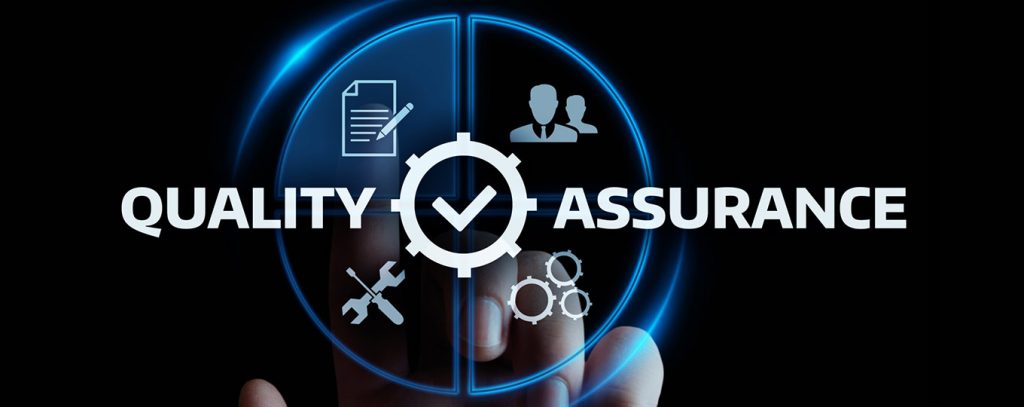Introduction
Test automation has become an essential component of software development. It helps organizations improve the quality of their software, increase productivity, and reduce costs. However, measuring test automation’s return on investment (ROI) can be challenging. In this blog article, we will explore how to measure the ROI of test automation best.
1. Define the Objectives
The first step in measuring the ROI of test automation is to define your objectives. This involves identifying the goals of your automation project and the metrics that will be used to measure success. For example, your objectives may include:
- Reducing the time required for testing
- Improving test coverage
- Increasing the number of defects identified
2. Determine the Costs
To measure the ROI of test automation, you must determine the costs associated with the automation project. This includes:
- Cost of automation tools
- Cost of training and support
- Cost of maintaining the automation framework
Understanding these costs provides a baseline for calculating your ROI.
3. Measure the Benefits
The benefits of test automation can be measured in several ways:
- Time Savings: Compare the time required to execute manual tests versus automated tests.
- Defect Identification: Measure the number of defects identified by automated tests compared to manual tests.
By quantifying these benefits, you can better understand the value that automation brings to your organization.
4. Calculate ROI
Once you have determined the costs and benefits of test automation, you calculate the ROI. The ROI is calculated by dividing the total benefits and costs.
For example, if the total benefits of test automation are $100,000 and the total charges are $50,000, the ROI would be 100,000/50,000 = 2. The organization receives two dollars in benefits for every dollar spent on test automation.
5. Continuously Monitor and Optimize
Measuring the ROI of test automation is an ongoing process. It is essential to continuously monitor and optimize the automation project for maximum efficiency. This includes:
- Identifying areas where automation can be improved
- Adding new tests
- Optimizing existing tests
By regularly assessing and refining your automation efforts, you ensure that your ROI remains positive and that your automation processes continue to deliver value.
Conclusion
Measuring the ROI of test automation is essential to justify the investment in automation tools and to ensure that the project delivers the expected benefits. By defining objectives, determining costs, measuring benefits, calculating ROI, and continuously monitoring and optimizing, organizations can maximize the benefits of test automation and improve the quality of their software.
Ready to Optimize Your Test Automation?
Implement these strategies to effectively measure and enhance the ROI of your test automation efforts. For expert guidance and support, explore our services and solutions to maximize the efficiency and effectiveness of your automation projects.
Sources:






